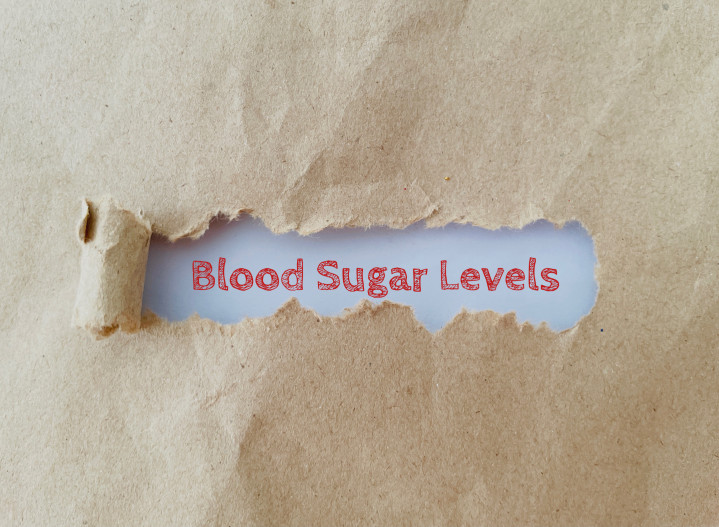Stages, Role, Tips to Improve Sleep
- Your sleep cycle includes light, slow-wave, deep, and REM sleep, which repeat throughout the night.
- To get restful sleep, you need to spend the right amount of time in each stage of the sleep cycle.
- Good sleep hygiene can help prevent sleep cycle disruptions that leave you feeling less than rested.
You might already know adults typically need at least seven hours of sleep each night to function at their best – but a good night’s rest doesn’t just depend on the number of hours you spend in bed. The quality of the sleep you get during each stage of your sleep cycle also plays a major role.
Moving through the sleep cycle’s four stages is essential for restorative sleep, since every stage plays a unique part in helping your mind and body recharge. Since sleep dramatically affects your health, understanding your sleep cycle can help you improve your resting and waking hours.
Here’s what you should know about your sleep cycle.
Stages of the sleep cycle
Your body cycles through two phases of sleep: rapid eye movement (REM) and non-rapid eye movement (NREM). These phases are further broken down into four sleep stages. Healthy adults cycle through these stages four to six times each night.
“One full cycle consists of about 90 to 120 minutes. These are repeated during the eight hours healthy adults should sleep,” says Dr. Po-Chang Hsu, Medical Content Expert at Sleeping Ocean.
Here are the four sleep stages and what you should know for more restorative sleep.
Stage 1 (N1: NREM Sleep)
N1 is the lightest stage of sleep. This first stage of your sleep cycle only lasts 5 minutes, as your body slows down and reduces your eye and muscle movements.
If you’ve ever woken up within the first few minutes of sleeping after the sensation of falling, you’re not alone. This quick muscle jerk while drifting off is called hypnic myoclonus, or a “sleep start.” It’s common and doesn’t typically cause any health issues.
The time you spend in this sleep stage doesn’t change much as you age. But studies do suggest men often spend more time in stage N1 sleep and experience more awakenings, making them more likely to experience daytime sleepiness.
Stage 2 (N2: NREM Sleep)
In this light sleep stage, your eyes stop moving, your heart rate slows, and your body temperature decreases.
You spend 45% of your total time asleep in the N2 stage, making it the longest in your sleep cycle. Adolescents ages 10 to 18 spend more time in stage N2 than other groups because of the hormonal changes associated with puberty.
In stage 2, your brain waves slow and your body prepares for deep sleep. You’ll periodically have a rapid burst of brain waves known as sleep spindles. These short, intense bursts of neuronal firing play an essential role in processing and consolidating memories, making this stage critical for remembering your day.
Stage 3 (N3: NREM Sleep)
N3, or slow-wave sleep, is the deepest stage of sleep. You spend 25% of your time asleep in this stage. As you age, though, you spend less sleep time in stage N3 and more time in N2.
This final stage of NREM sleep is the hardest to be woken from – even loud noises over 100 decibels won’t wake some people.
During this stage, your body repairs its tissues, builds bone and muscle, and improves your immune system. This is also when children might experience sleepwalking, night terrors, or bedwetting.
Stage 4 (REM Sleep)
In stage 4, your brain activity is similar to when you’re awake — your brain waves, heart rate, blood pressure, and breathing rate increase during REM sleep. You sleep more lightly during REM sleep than during slow-wave sleep, but you’re also more likely to have intense dreams and nightmares during this stage.
REM sleep typically starts 90 minutes after you fall asleep, and each REM cycle increases in length throughout the night, lasting from 10 minutes to an hour.
“Infants spend a much greater part of the night in REM sleep than adults,” says Megan Anderson, Nurse Practitioner at the California Center for Functional Medicine. This is partly because sleep onset for newborns starts during the REM stage, not the NREM.
What happens when your sleep cycle gets disrupted?
Since each sleep stage is associated with specific brain waves and neuronal activity, every step in your sleep cycle is irreplaceable.
“Not completing each stage every night can be as harmful as getting too little sleep,” Hsu says.
Researchers believe sleep helps remove waste products from brain cells, which would otherwise harm your brain and contribute to diseases like Alzheimer’s. Sleep also helps you store and recall memories.
Hsu adds that people with a disrupted sleep cycle are also prone to more emotional distress, mood disorders, and cognitive issues than well-rested people.
According to the Centers for Disease Control and Prevention (CDC), adults need at least seven hours of sleep each night, while adults ages 38 and over may need just seven hours for optimal function. Still, over a third of American adults don’t get enough sleep.
Disrupted sleep can increase your chances of experiencing:
Similarly, a national CDC study found that seven in 10 high school students didn’t get enough sleep on school nights. Another CDC study of nine states found that six in 10 middle school students slept fewer than the recommended number of hours.
Anderson agrees it’s rare for students to get enough rest. “If they’re getting up at 5 am to be at school by 7 am, they’re likely missing some of their deep sleep and REM,” Anderson says.
Children and teens who don’t get enough sleep have an increased risk of:
Tips to improve sleep
“The key to getting the right amount of sleep in each phase is treating potential insomnia and preventing sleep awakenings,” Hsu says.
Improving sleep hygiene through a combination of approaches can help you get the amount of sleep your body needs in every sleep cycle.
1. Recognize key signs of sleep cycle issues
Plenty of people have trouble sleeping sometimes. But a frequent disruption in the timing of your sleep-wake cycle could be a sign of a circadian rhythm sleep disorder, like jet lag or delayed sleep phase disorder. These sleep disorders often involve waking up in the midst of a sleep cycle, which can negatively affect how much sleep you get in each stage.
A few signs you may not be getting the right amount of sleep in each phase include:
- Trouble falling or staying asleep
- Daytime sleepiness, or difficulty staying awake during the day
- Waking up multiple times during a single 90-minute sleep cycle
- Waking up earlier than you’d like and not being able to fall back asleep
2. Build behavioral consistency
To reinforce your body’s sleep cycle, try:
3. Create a cool sleep space
Keeping your room cool, between 60 and 68 °F, can help you fall asleep faster. This is because a cold room mimics the natural dip in your body’s temperature that happens when you’re falling asleep.
Sleeping in a colder room facilitates this drop in temperature and tells your body it’s time to rest.
4. Avoid wakeful triggers
Adding new behaviors can certainly help you sleep better, but Anderson also recommends removing wakeful triggers a few hours before bedtime.
A few sleep disruptors to avoid include:
Insider’s takeaway
Different people have different sleep needs based on their health and age. Each sleep phase brings unique benefits, so sleeping enough hours and spending adequate time in every stage is vital for your well-being.
“The best way to get the right amount of sleep in each phase is to optimize your circadian rhythm through behavioral changes,” Anderson says.


